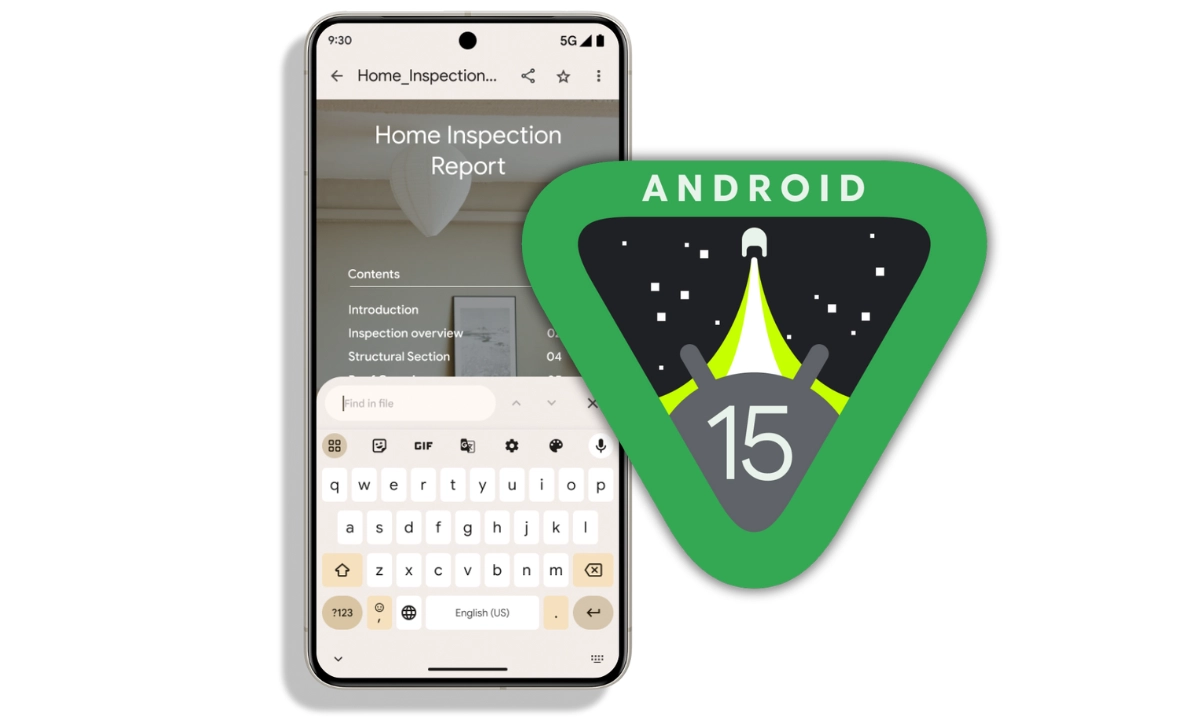Android 15 DP 2 introduces “UI elements to ensure a consistent user experience in satellite connectivity scenarios.” With a shortcut to “Open message” or obtain more details, a system-level “Auto-connected to satellite” notification describes how “you can send and receive messages without a mobile or Wi-Fi network.” Meanwhile, keep an eye on the icon in the status bar on the right.
With reference to Google Messages, “Android 15 supports preloaded RCS applications to send and receive messages via satellite connectivity in addition to SMS/MMS applications.” “Being able to detect when a device is connected to a satellite, giving them greater awareness of why full network services may be unavailable,” is another feature that other applications will have.
Now, apps can declare that they can operate on flippables’ tiny cover screens. Although Google states that “these screens are too small to be considered compatible targets for running Android apps,” developers are still able to choose.
Android 15 will allow apps to recognize when they are being filmed (on screen) and will alert users individually in terms of security.

Google is providing additional details to developers regarding the start states of their apps, such as “whether it launched from a cold, warm, or hot state.” Additionally, they can ascertain whether “Broadcast, Content Provider, Job, Backup, Boot Complete, Alarm, or Activity” launched their app.
With Android 15, developers may obtain further detailed information on app sizes, such as “APK file splits, AOT and speedup related code, dex metadata, libraries, and guided profiles.”
The new Media Processing Foreground service type’s goal is “to perform time-consuming operations on media assets, such as converting media to different formats.” In a subsequent beta release, the runtime restriction will be raised to six hours.
It is said that compliance with the CTA-2075 loudness standard “will help you avoid audio loudness discrepancies and ensure that users do not have to constantly adjust the volume when switching between content.”
More choices are available in Android 15 for apps that modify the Do Not Disturb guidelines:
- Adding types to AutomaticGenRule will enable the system to handle some rules differently.
- AutomaticGenRule can be made more easily recognizable by adding an icon.
- Including the activator The conditions under which the AutoGenRule should become active for the user are specified in the description string of the rule.
- ZenDeviceEffects was added to AutomaticZenRule so that rules may be used to dim the wallpaper, enable night mode, or initiate grayscale displays.
- An “early preview of substantial improvements to the PDFRenderer API” is available on Android 15 DP2, and these improvements will be incorporated into the core module in a future Google Play system update.

Apps will be able to incorporate additional functionality like search, select with copy, form editing, annotations, password-protected files, and more. Linearized PDF optimization, meanwhile, will minimize resource use and speed up viewing.
When both SDR and HDR content is accessible on Android 15, developers can adjust the HDR headroom:
Developer Preview of Android 15 For Pixel 6, Pixel 6 Pro, Pixel 6a, Pixel 7, Pixel 7 Pro, Pixel 7a, Pixel tablet, Pixel Fold, Pixel 8, and Pixel 8 Pro, in addition to Android, there are two system images available. A simulator.
The March 2024 security patch for DP2, AP31.240223.016.A3, is still tagged as “for developers only and is not intended for daily or consumer use.”

